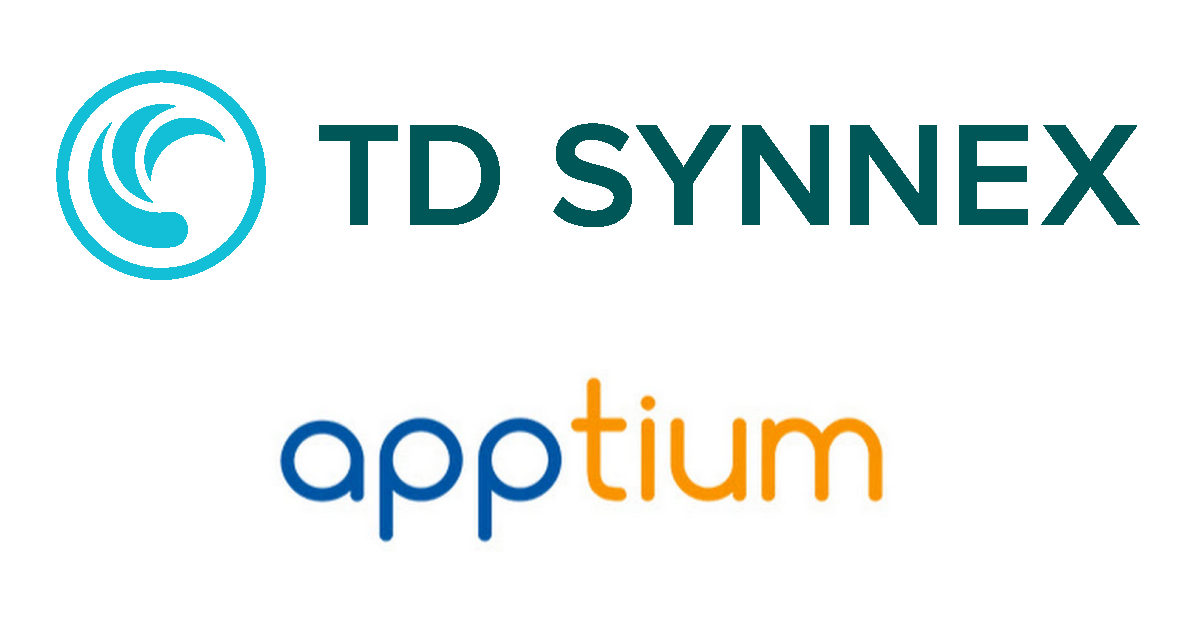
For years, MSPs and MSSPs have navigated a challenging paradox: While demand from SMBs for their outsourced IT and cybersecurity services continues to grow, their own profitability doesn’t always reflect that growth and is often squeezed by unsustainable cost structures. That’s because a substantial portion of MSP revenue goes toward software licensing fees. That figure could be as high as 35% in some cases.
Factor in another large chunk of revenue that goes to pay technicians, maybe another 30% -- or even higher, when you consider other HR-related costs, like taxes, health insurance, 401k plans, unemployment benefits, and more. That doesn’t leave much wiggle room and keeps many MSPs trapped in a profitability-limiting pattern.
A desire to increase profitability is one reason some MSPs are making a stronger push towards open-source technologies, a trend that is now supported by the official launch of OpenMSP, a platform dedicated to helping MSPs improve their operational margins by embracing high-impact, community-backed open-source solutions. OpenMSP was developed by stealth startup Flamingo and isn’t about just cutting costs, but about creating a new economic model for MSPs.
The conventional MSP business model is largely dependent upon proprietary software, which comes at cost. It can also lead to vendor lock-in and limited flexibility.
OpenMSP seeks to overcome the challenge of maintaining service quality and scaling operations without seeing resources stretch thin by escalating vendor fees. By enabling a shift to open source tooling, OpenMSP believes it can help redirect significant revenue dollars back into the hands of MSPs, giving them the power to re-invest in other areas of their businesses.
“Over the past 15 years, I’ve closely followed the evolution of open-source technology in the IT and security space,” explained Flamingo CEO and founder Michael Assraf. “At my previous startup, I witnessed MSPs increasingly adopting open source tools in isolated cases. OpenMSP was created to take that trend further – offering structured support and a unified path forward for MSPs ready to embrace open source at scale.”
OpenMSP provides a structured, data-driven approach to transitioning to open source with a robust suite of features that includes:
- AI margin increase report generator: This tool automatically analyzes an MSP’s current software stack, calculating existing licensing costs and projecting potential savings from open-source replacements. It then delivers a detailed report outlining estimated margin improvements and providing step-by-step implementation guidance, offering a clear financial justification for the shift.
- Comprehensive vendor mapping directory: The platform catalogs an extensive list of 155 commercial vendors across vital categories like NOC, SOC, IT operations, and business operations. It identifies vetted open source alternatives for a remarkable 63% of these cataloged solutions, systematically breaking down vendor lock-in.
- Commercial-to-open-source comparisons: Alongside the vendor mapping directory, this allows MSPs to easily see side-by-side comparisons of popular commercial platforms (e.g., ConnectWise, Datto, Kaseya) against their open-source equivalents (e.g., TacticalRMM, Wazuh, Odoo). This transparency empowers informed decision-making without sacrificing needs.
- Community support and implementation resources: Recognizing that adoption requires more than just tools, OpenMSP offers access to a growing peer-driven community, best-practices playbooks, and dedicated support channels. The idea is to address MSP concerns around deployment, ongoing support, and operationalizing open-source tooling safely and effectively.
One of the traditional arguments against open source has been the quality and reliability of the software. Assraf, though, says that’s not an issue any longer: “What started as basic tooling has now matured to the point where many open source solutions rival, and often outperform, commercial products.”
He does acknowledge that some challenges persist, specifically around support, deployment, and orchestration, but these are some of the pain points OpenMSP is trying to resolve. It’s working for many MSPs.
For example, Stephen Garriques, CEO of SecureTokens, says, “OpenMSP gave us a data-backed roadmap to restructure our SOC and NOC tooling using open-source platforms like TacticalRMM and Wazuh. We cut licensing costs by 27%, eliminated vendor lock-in, and gained tighter integration across our stack. The AI report made it easy to justify the shift internally and execute with confidence.”
Here’s the thing: Open source may not be the right choice for every MSP. Open source has its benefits, but so do proprietary solutions. The debate will likely never end – both sides will point to their benefits and the other’s perceived weaknesses. But, that’s why resources like OpenMSP are valuable – they offer MSPs a chance to evaluate open source tools and make the decisions for themselves. In many cases, it may not be an all-in decision either way. MSPs have the option to combine open source tools with proprietary solutions to leverage the benefits of both.
Edited by
Erik Linask






